-
 Bitcoin
Bitcoin $107,247.2038
-0.18% -
 Ethereum
Ethereum $2,424.7947
0.34% -
 Tether USDt
Tether USDt $1.0003
-0.02% -
 XRP
XRP $2.1171
-3.33% -
 BNB
BNB $645.6618
0.06% -
 Solana
Solana $141.5898
-1.32% -
 USDC
USDC $0.9998
0.00% -
 TRON
TRON $0.2710
-0.41% -
 Dogecoin
Dogecoin $0.1602
-2.99% -
 Cardano
Cardano $0.5553
-2.28% -
 Hyperliquid
Hyperliquid $36.3019
-2.42% -
 Bitcoin Cash
Bitcoin Cash $491.7212
2.04% -
 Chainlink
Chainlink $13.0810
-0.23% -
 Sui
Sui $2.6080
-5.06% -
 UNUS SED LEO
UNUS SED LEO $9.0040
-0.05% -
 Stellar
Stellar $0.2350
-3.06% -
 Avalanche
Avalanche $17.2294
-2.31% -
 Toncoin
Toncoin $2.8075
-1.05% -
 Shiba Inu
Shiba Inu $0.0...01121
-3.43% -
 Litecoin
Litecoin $84.2215
-0.32% -
 Hedera
Hedera $0.1429
-4.88% -
 Monero
Monero $312.2199
-0.90% -
 Dai
Dai $0.9997
-0.01% -
 Ethena USDe
Ethena USDe $0.9999
-0.02% -
 Polkadot
Polkadot $3.2973
-2.60% -
 Bitget Token
Bitget Token $4.4742
3.12% -
 Pi
Pi $0.5631
-10.10% -
 Uniswap
Uniswap $6.7817
-2.06% -
 Pepe
Pepe $0.0...09252
-3.74% -
 Aave
Aave $251.3830
-2.24%
Can we buy the bottom when the volume is reduced and the price is pulled back to the support level?
"Buyers may step in when crypto prices hit key support levels with shrinking volume, signaling potential reversals."
Jun 26, 2025 at 02:15 am

Understanding the Concept of Buying the Bottom
The idea of buying the bottom refers to entering a trade at what appears to be the lowest point in a price decline. In the context of cryptocurrency trading, this often involves analyzing support levels, price pullbacks, and volume behavior to identify potential reversal points. Traders seek to purchase assets when they believe downward momentum has exhausted and an upward movement is imminent.
This strategy is inherently risky because identifying the exact bottom of a downtrend is challenging. However, using technical indicators such as support zones, volume analysis, and candlestick patterns can increase the probability of making a successful entry.
What Does Volume Tell Us?
Volume is a crucial metric in assessing market sentiment and confirming price action. When volume decreases during a pullback, it may suggest that selling pressure is waning. This could indicate that the asset is reaching a level where sellers are no longer willing to offload their holdings at lower prices.
- A sharp decline in volume during a bearish move might signal exhaustion.
- If the price finds a support level while volume dries up, it may suggest accumulation is taking place.
- Conversely, high volume on a breakdown through support typically signals strong bearish conviction.
It's essential to compare current volume readings with historical averages to determine whether the observed reduction is significant or just part of normal market fluctuations.
Identifying Reliable Support Levels
Support levels act as psychological or technical barriers where demand is expected to outweigh supply. In crypto markets, these levels can be derived from:
- Previous swing lows
- Fibonacci retracement levels
- Moving averages (e.g., 50 or 200-day SMA)
- Trendlines drawn from prior price action
When the price pulls back to a well-established support zone and coincides with reduced selling volume, it enhances the likelihood that buyers may step in. It's important to look for confluence between multiple forms of support to increase confidence in the level's validity.
For example, if the price reaches a 61.8% Fibonacci retracement level and also aligns with a prior consolidation area, that zone becomes more significant.
How to Combine Volume and Price Action at Support
To assess whether a pullback to support accompanied by reduced volume offers a valid buying opportunity, traders should analyze the following elements:
- Candlestick patterns: Look for bullish reversals such as hammer candles, engulfing patterns, or morning stars near the support zone.
- Volume divergence: If the price makes a new low but volume doesn’t confirm it with a corresponding spike, it suggests weakening bearish momentum.
- Order flow: Analyze order book depth to see if large buy orders are present near the support level.
- Timeframe alignment: Confirm the support level across multiple timeframes (e.g., daily and 4-hour charts) to filter out false signals.
A trader might wait for the price to stabilize above the support level after a rejection candle before considering entry. Entering too early could result in being caught in a false bounce or continuation of the downtrend.
Practical Steps to Execute the Trade
If all conditions align—reduced volume during pullback, confluence of support levels, and bullish price action—it may be appropriate to consider a long entry. Here’s how to proceed methodically:
- Identify key support levels using historical data and technical tools.
- Monitor volume throughout the pullback phase; ensure it shows signs of contraction.
- Watch for bullish candlestick formations indicating rejection of lower prices.
- Place a limit buy order slightly above the low of the bullish reversal candle.
- Set a stop-loss below the support level to manage risk.
- Target resistance levels or use trailing stops to capture gains as the price moves upward.
Risk management is critical. Only allocate a small percentage of your portfolio to any single trade, and always use stop-loss orders to protect capital.
Frequently Asked Questions
Q: Can volume alone confirm a bottom?
No, volume should not be used in isolation. It must be combined with other technical signals like price action, support levels, and possibly moving averages to increase the accuracy of a potential reversal.
Q: What timeframes are best for analyzing volume and support?
Multiple timeframes should be considered. The daily chart provides a broader view, while the 4-hour or 1-hour charts help in timing entries more precisely. Shorter timeframes can offer better clarity on immediate support tests.
Q: How do I differentiate between a healthy pullback and a full reversal?
A healthy pullback occurs within the context of an uptrend and typically sees decreasing volume. A full reversal usually comes with increased volatility, strong bearish candlesticks, and volume spikes signaling a shift in market sentiment.
Q: Should I enter immediately upon hitting support or wait for confirmation?
It’s generally safer to wait for confirmation such as a bullish candle close above the support level or a breakout of a recent swing high. Entering prematurely increases the risk of catching a falling knife.
Disclaimer:info@kdj.com
The information provided is not trading advice. kdj.com does not assume any responsibility for any investments made based on the information provided in this article. Cryptocurrencies are highly volatile and it is highly recommended that you invest with caution after thorough research!
If you believe that the content used on this website infringes your copyright, please contact us immediately (info@kdj.com) and we will delete it promptly.
- Ruvi AI vs. Tron: The Race to the $1 Mark and Beyond
- 2025-06-27 06:50:12
- Bitcoin, Ethereum, and Inflation Data: Navigating the Crypto Landscape
- 2025-06-27 06:55:12
- UAE, Crypto, and Trump: A Surprising Intersection in 2025
- 2025-06-27 06:55:12
- BTC Bull Token: Price Prediction and the 50x Potential
- 2025-06-27 06:57:14
- Moonveil's $MORE Token Launching on CEXs: A New Era for Web3 Gaming
- 2025-06-27 06:31:58
- Crypto Presales in 2025: MAGACOIN FINANCE and the Hunt for New Coins
- 2025-06-27 04:50:12
Related knowledge
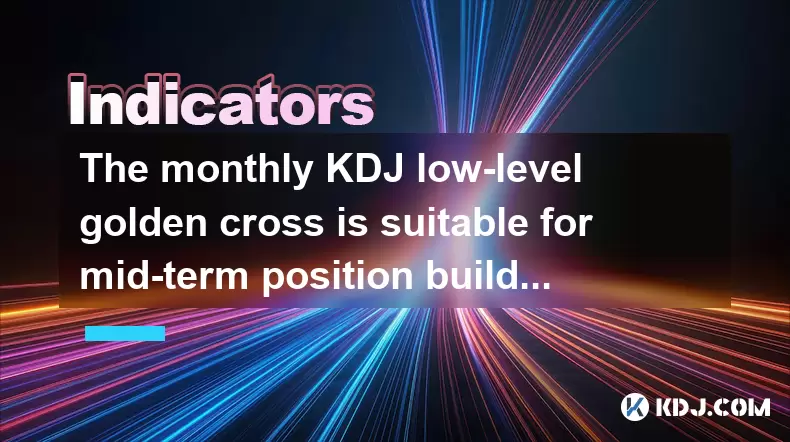
The monthly KDJ low-level golden cross is suitable for mid-term position building?
Jun 27,2025 at 03:14am
Understanding the Monthly KDJ IndicatorThe KDJ indicator, also known as the stochastic oscillator, is a momentum tool widely used in technical analysis within the cryptocurrency market. It consists of three lines: the K line, the D line, and the J line. These lines help traders identify overbought or oversold conditions, potential trend reversals, and e...
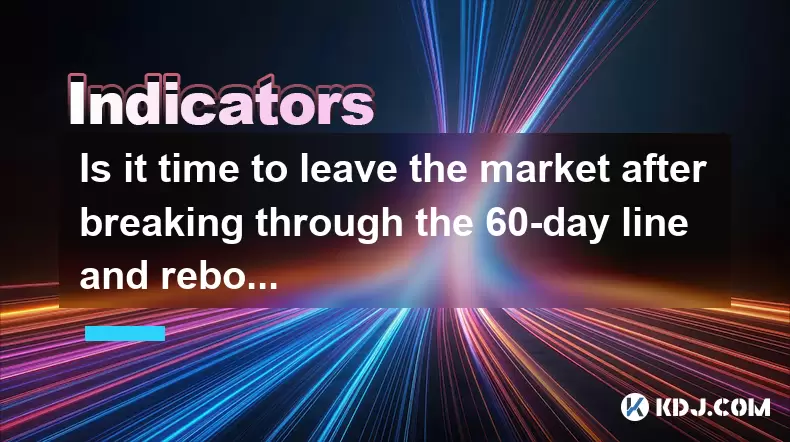
Is it time to leave the market after breaking through the 60-day line and rebounding?
Jun 27,2025 at 06:29am
Understanding the 60-Day Moving Average in CryptocurrencyIn cryptocurrency trading, technical indicators play a pivotal role in decision-making. Among these, the 60-day moving average is widely used by both novice and experienced traders. This indicator calculates the average price of an asset over the last 60 days and helps identify long-term trends. W...
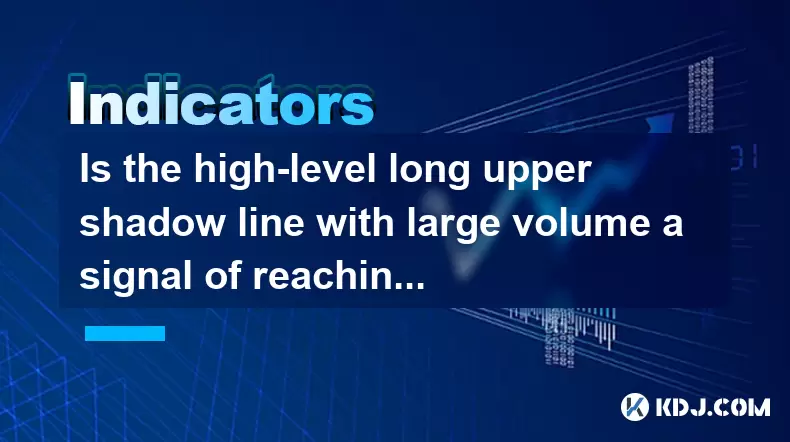
Is the high-level long upper shadow line with large volume a signal of reaching the top?
Jun 27,2025 at 04:50am
Understanding the High-Level Long Upper Shadow LineIn technical analysis within the cryptocurrency market, candlestick patterns play a crucial role in predicting price movements. A high-level long upper shadow line, often referred to as a shooting star or inverted hammer, is a specific type of candlestick pattern that appears at the top of an uptrend. T...
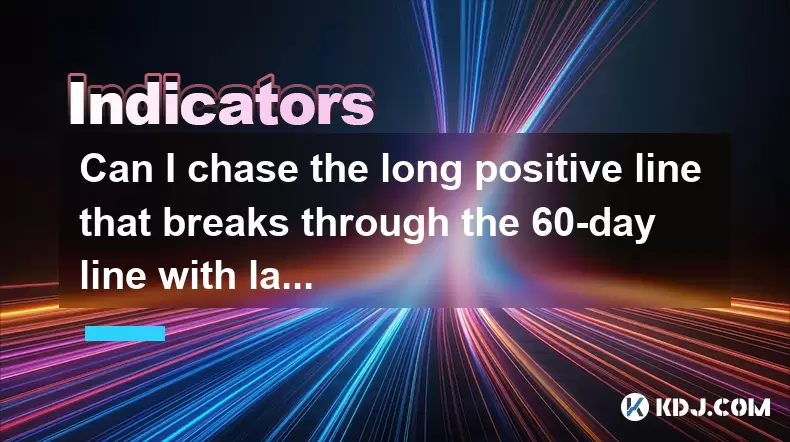
Can I chase the long positive line that breaks through the 60-day line with large volume at the bottom?
Jun 27,2025 at 07:08am
Understanding the 60-Day Line in Cryptocurrency TradingIn cryptocurrency trading, technical analysis plays a pivotal role in identifying potential entry and exit points. One of the commonly used tools is the 60-day moving average, often referred to as the 60-day line. This indicator smooths out price data over the last 60 days and helps traders determin...
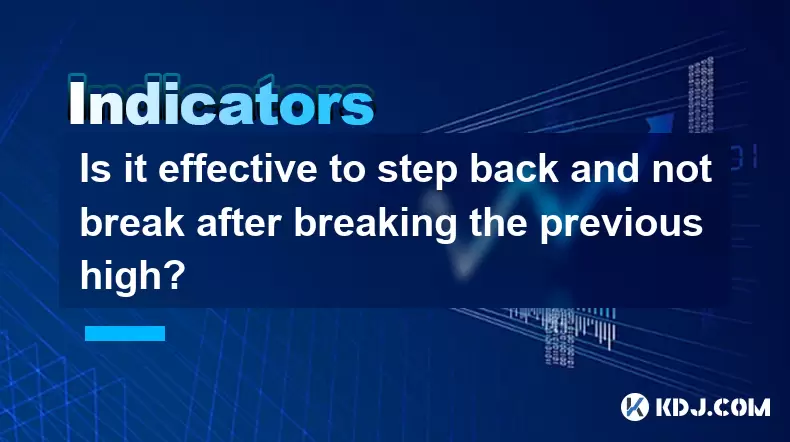
Is it effective to step back and not break after breaking the previous high?
Jun 27,2025 at 05:01am
Understanding the Concept of Breaking Previous HighsIn cryptocurrency trading, breaking a previous high refers to when an asset's price surpasses its last recorded peak. This is often seen as a sign of strong momentum and bullish sentiment. Traders closely monitor these levels because they can indicate potential trend continuation or reversal points. Wh...
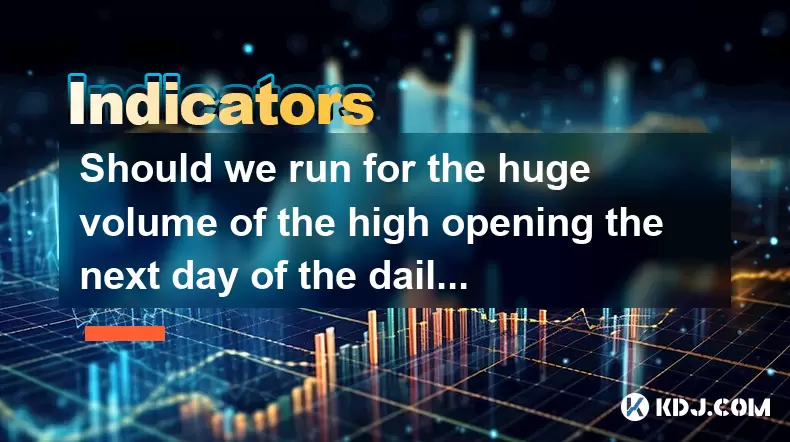
Should we run for the huge volume of the high opening the next day of the daily limit?
Jun 27,2025 at 06:07am
Understanding Daily Limits in Cryptocurrency TradingIn the world of cryptocurrency trading, daily limits refer to price restrictions imposed by exchanges or self-imposed by traders to manage volatility and risk. A daily limit up occurs when the price of a digital asset rises to the maximum allowable percentage within a single trading day. This phenomeno...

The monthly KDJ low-level golden cross is suitable for mid-term position building?
Jun 27,2025 at 03:14am
Understanding the Monthly KDJ IndicatorThe KDJ indicator, also known as the stochastic oscillator, is a momentum tool widely used in technical analysis within the cryptocurrency market. It consists of three lines: the K line, the D line, and the J line. These lines help traders identify overbought or oversold conditions, potential trend reversals, and e...

Is it time to leave the market after breaking through the 60-day line and rebounding?
Jun 27,2025 at 06:29am
Understanding the 60-Day Moving Average in CryptocurrencyIn cryptocurrency trading, technical indicators play a pivotal role in decision-making. Among these, the 60-day moving average is widely used by both novice and experienced traders. This indicator calculates the average price of an asset over the last 60 days and helps identify long-term trends. W...

Is the high-level long upper shadow line with large volume a signal of reaching the top?
Jun 27,2025 at 04:50am
Understanding the High-Level Long Upper Shadow LineIn technical analysis within the cryptocurrency market, candlestick patterns play a crucial role in predicting price movements. A high-level long upper shadow line, often referred to as a shooting star or inverted hammer, is a specific type of candlestick pattern that appears at the top of an uptrend. T...

Can I chase the long positive line that breaks through the 60-day line with large volume at the bottom?
Jun 27,2025 at 07:08am
Understanding the 60-Day Line in Cryptocurrency TradingIn cryptocurrency trading, technical analysis plays a pivotal role in identifying potential entry and exit points. One of the commonly used tools is the 60-day moving average, often referred to as the 60-day line. This indicator smooths out price data over the last 60 days and helps traders determin...

Is it effective to step back and not break after breaking the previous high?
Jun 27,2025 at 05:01am
Understanding the Concept of Breaking Previous HighsIn cryptocurrency trading, breaking a previous high refers to when an asset's price surpasses its last recorded peak. This is often seen as a sign of strong momentum and bullish sentiment. Traders closely monitor these levels because they can indicate potential trend continuation or reversal points. Wh...

Should we run for the huge volume of the high opening the next day of the daily limit?
Jun 27,2025 at 06:07am
Understanding Daily Limits in Cryptocurrency TradingIn the world of cryptocurrency trading, daily limits refer to price restrictions imposed by exchanges or self-imposed by traders to manage volatility and risk. A daily limit up occurs when the price of a digital asset rises to the maximum allowable percentage within a single trading day. This phenomeno...
See all articles
























































































